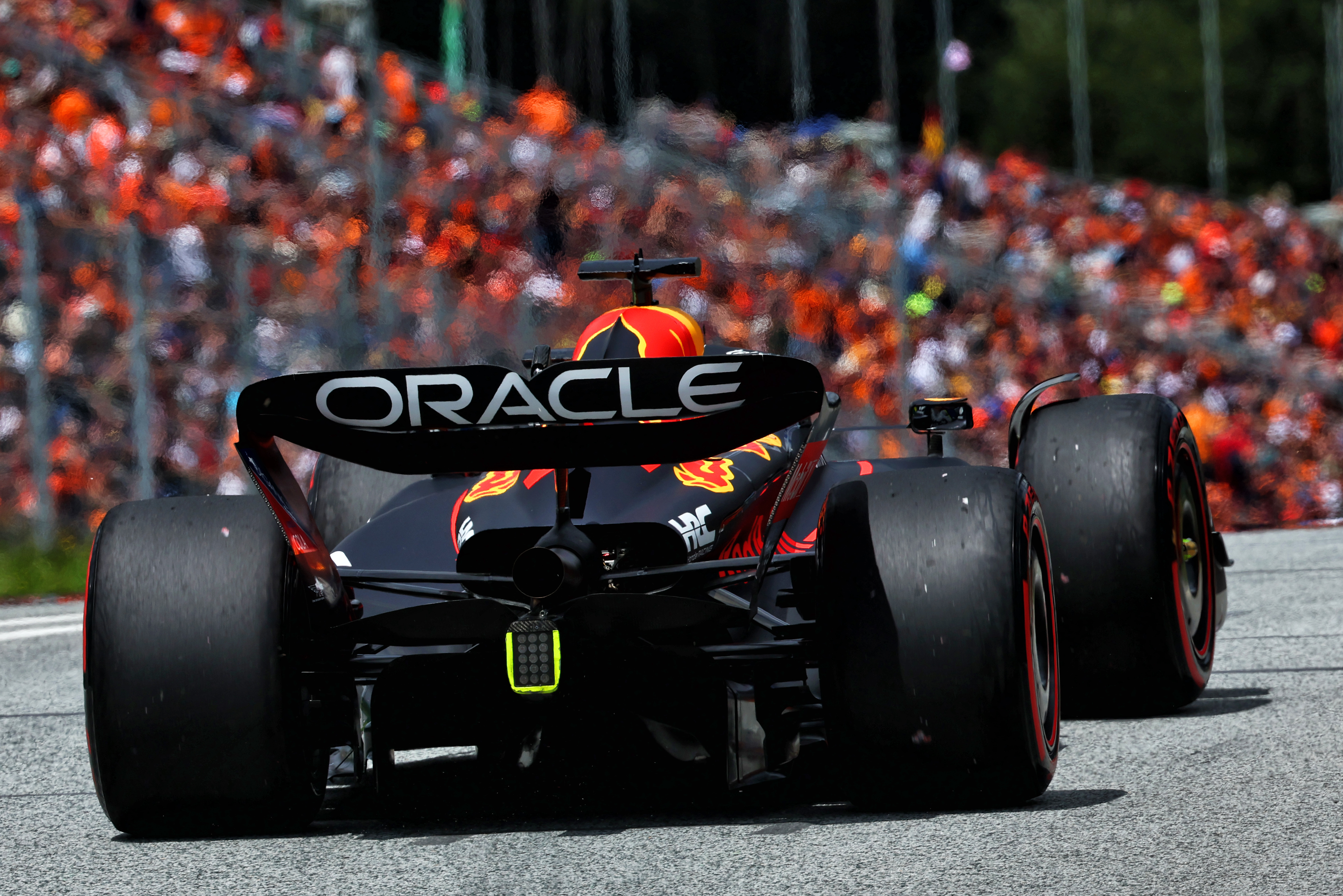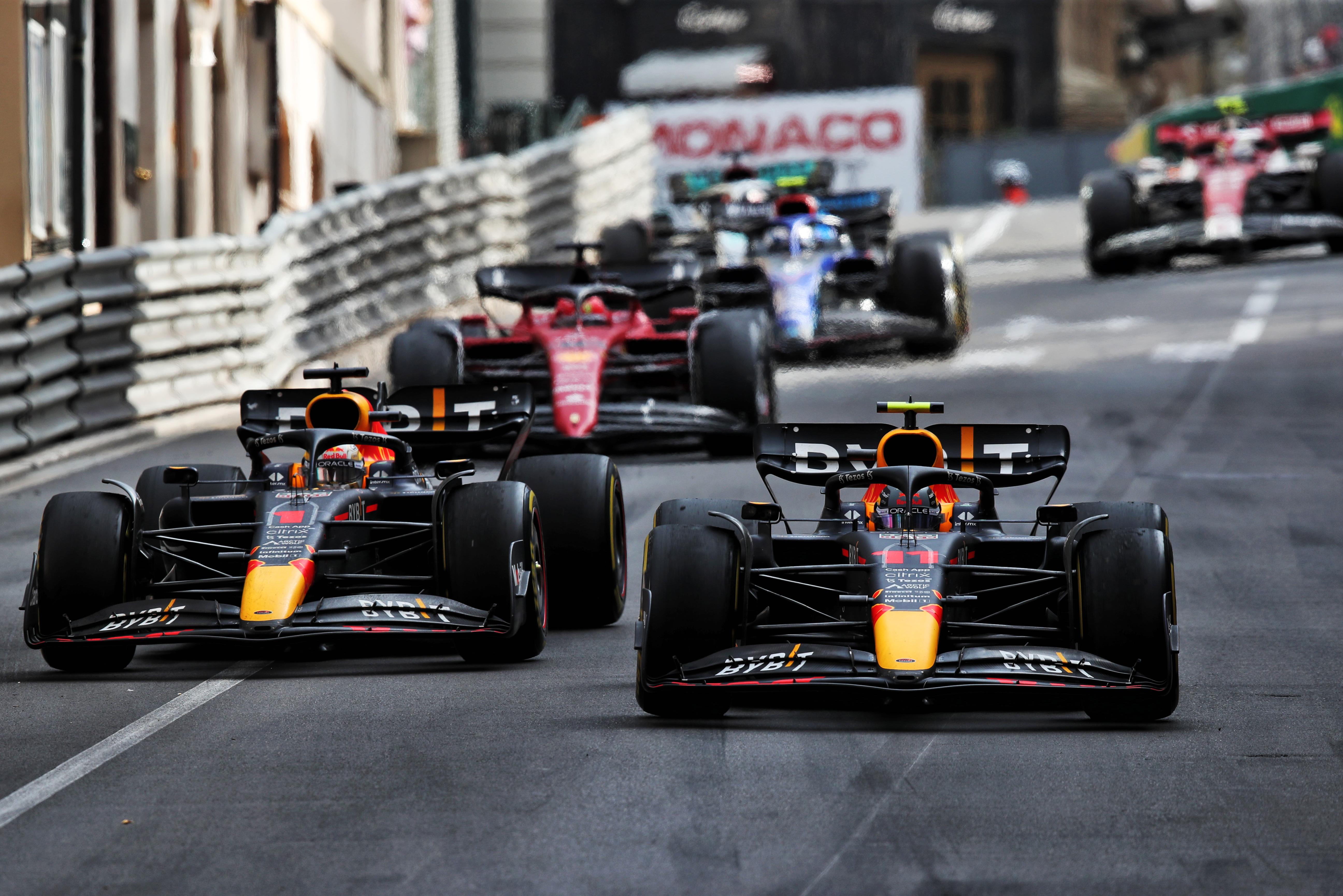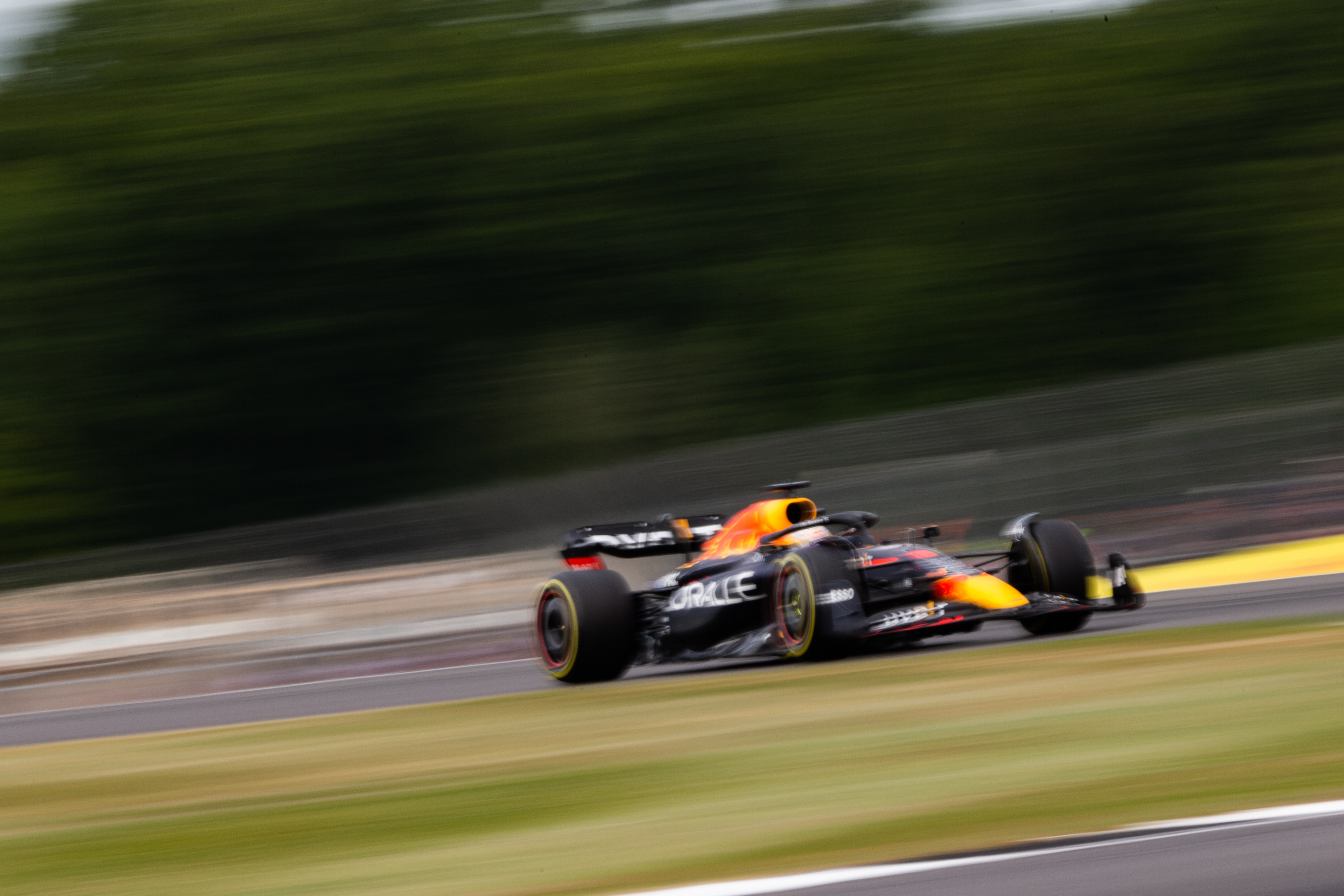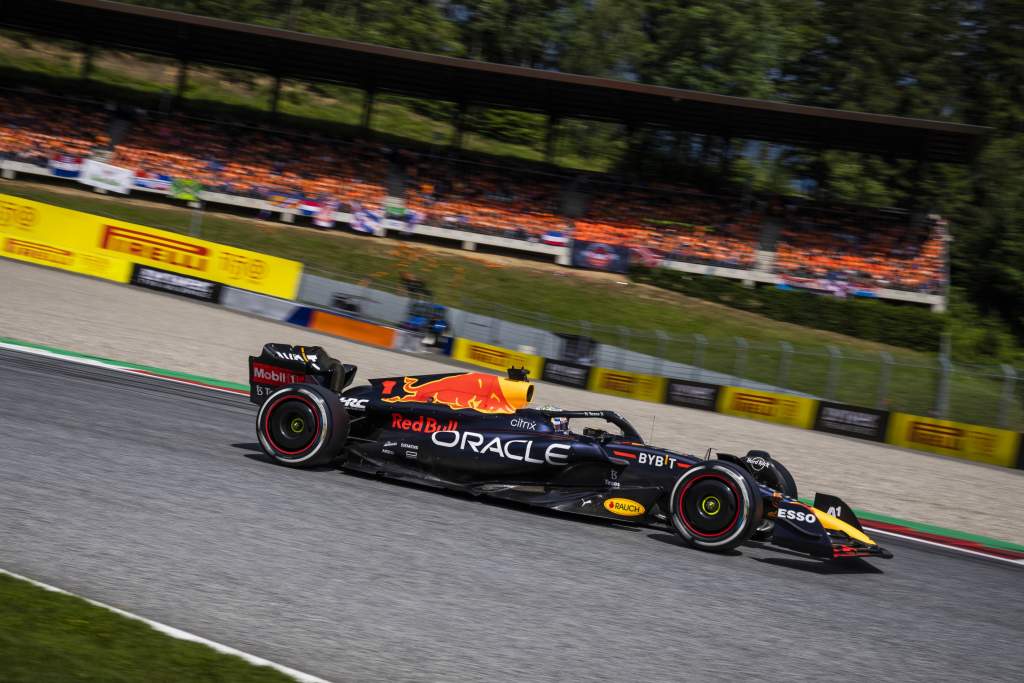Up Next

The development of a Formula 1 car should point in one direction – improved performance. That means not only more downforce but also improved characteristics that unlock greater performance potential. Effectively, it’s about eliminating – or rather, pushing back – whatever limitation is holding you back at any given time.
That brings us to the case of the Red Bull RB18. Based on the comments made by the two drivers, this has evolved in a way that’s “going away from me” according to Sergio Perez but that is now, in the words of Max Verstappen, “in a much better window for me”.
Inevitably, that’s led to complaints the team is favouring Verstappen and effectively sacrificing Perez’s prospects. But it’s not quite as simple as that.
“In general, we always try to make the car faster and whatever they bring to the car you have to adapt to that,” said Verstappen of the development direction.
“That’s certainly what I’ve been doing. Of course, I say what I would like for my car in general, but the upgrades on the car are not specifically designed around me. It’s just more pace.”
He would say that, wouldn’t he? But he’s also right. When it comes to limitations on the pace of the car, the driver is part of the equation. After all, you can produce a car that’s theoretically faster but if it’s beyond the driver’s capabilities to consistently operate in that window, the reality is that it is slower.

Every driver, even one as outstanding as Verstappen, will hit a point where the car is too difficult to control to extract the pace reliably. Every driver has their own favoured balance, but this reflects what they are comfortable with and how proactively they can manipulate the car using those characteristics. As a rule of thumb, the absolute best drivers thrive when they have a car balance that is consistent, but not too benign.
Driver chuck around terms like ‘understeer’ and ‘oversteer’ as absolutes, and they are detectable, but these are also partly in the eye of the beholder. What could seem like an understeer problem to one driver might feel like a reasonable balance to another.
There was an excellent example of this at Haas in the early part of 2018 when Romain Grosjean complained of understeer while Kevin Magnussen felt there was no problem.
It’s similar to the Red Bull drivers this year. In its early season form, the Red Bull was more of an understeery car, which suited Perez. Verstappen felt this was creating an artificial ceiling in terms of how he could attack the corner entry but Perez was, at times, able to get more out of it in the slower corners. That’s to his credit.
As the car has evolved to be a little more pointy, both through the generation of aero load and the way the aero centre of pressure moves forward when on the brakes and in corner entry, Verstappen appears to have got more out of it.
Some would argue this is definitive proof Verstappen is being favoured, but there’s another factor. Namely, the laws of physics. And here, we drift beyond the specific Red Bull example and more into the general characteristics of racing cars.
There are myriad factors that dictate the way a car behaves and countless ways drivers will work within the limitations they are presented with to maximise laptime, but it is possible to distil it down into its simplest form.

If the front end is limited in its responsiveness on turn-in, your entry speed is generally limited. While the rear stays planted, it’s the grip at the front that dictates how quickly you can rotate the car, combined with whatever additional front-end grip you can generate with your braking technique to load up the front axle in a way the car responds to.
And remember, rotating the car in the most efficient way possible is the way to access the best performance into, through and out of a corner. Think of it as a shopping trolley with locked front wheels, which will be restricted by how sharply you can turn. That’s the more understeery car.
To get a more pointy car, one with a more responsive front end, it’s not simply about more load and grip at the front – it’s about the balance. Give a driver a rear that rotates more easily and they can start to influence the way the car behaves under rotation far more proactively. Think of this as the shopping trolley with its rear wheels free, allowing you to turn on a sixpence.
These are two very basic examples of the two ends of the spectrum, but despite cutting out countless complexities this principle does generally hold true.
The car with the livelier rear end will inevitably be that bit quicker provided that manifests itself in a predictable and controllable way. Where the threshold is will vary from driver to driver, with some feeling that a more lively rear end is a limitation earlier than others.
The driver uses the steering, brakes and throttle to manipulate the car and the best of them generally benefit from this kind of balance, which effectively gives greater control over rotation.
And remember, this is all happening simultaneously – not just to slow the car, point it in a direction and accelerate it, but to influence the balance and achieve the rotation desired in the first part of the corner to ensure you minimise any traction limitation from being under-rotated in the exit phase.

Again, it’s important to stress this is overly simplified to capture the point that, on an average track, a car that offers predictability and what might be called controllable instability at the rear will usually be quicker than a front-limited one.
This is why Red Bull has gone in that direction given it has one of those exceptional drivers who can thrive with it. Perez was, in some ways, more adept than Verstappen at getting the most out of the slightly slower version of the car. But Verstappen was pushing for, searching for a more dynamic set of car characteristics that would be faster. He’s now able to extract more from a car that has been pushed in this direction.
Making a car quicker is all about widening the performance envelope. This being successful is contingent on a driver being comfortable and adept dancing right on the edge of it. And “dance” is the right word for what these drivers do. The exact nature of that dance will change depending on circumstances, including from qualifying to a race stint, with managing the tyres key for the latter, but going in this direction will give the driver more scope to manipulate the car to their will.
What Red Bull has done is what many teams before have done – widened the performance envelope in a direction that a great driver is able to get the most out of. The dance behind the wheel is that bit more complicated, but the end result is that bit faster. And while it is true that Verstappen’s skill set is what makes it possible for him to exploit this, the net result for Red Bull is a faster car.
To say that is not talking up Verstappen and talking down Perez, who is a superb driver in his own right and has achieved some great things. It’s simply physics.




